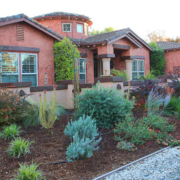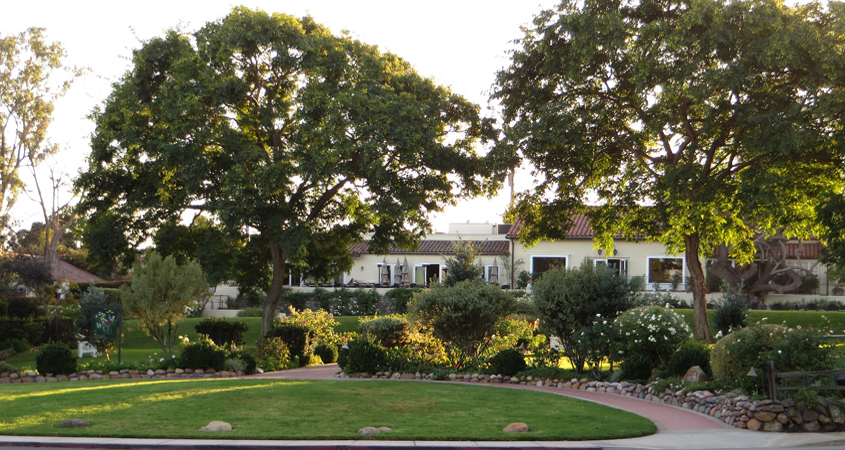Water Awareness Artwork Wins Escondido Student Poster Contest
Twelve winning student artists from Escondido area elementary schools follow in a long tradition of fourth-graders entering the annual City of Escondido Student Poster Contest. Students were asked to depict the 2021 contest theme “Love Water, Save Water” to illustrate the value of water resources through creative, hand-drawn art.
The winning students and their teachers receive prizes. The top 12 posters are displayed on the City of Escondido website. The first, second, and third place winners will be featured in the 2022 North County water agencies’ regional calendar.
The winners of the 2021 Student Poster Contest

First Place: Adeleine Kobriger, Heritage Charter

Second Place: Gracie Chillag, Heritage Charter

Nine additional students received Honorable Mentions for their work
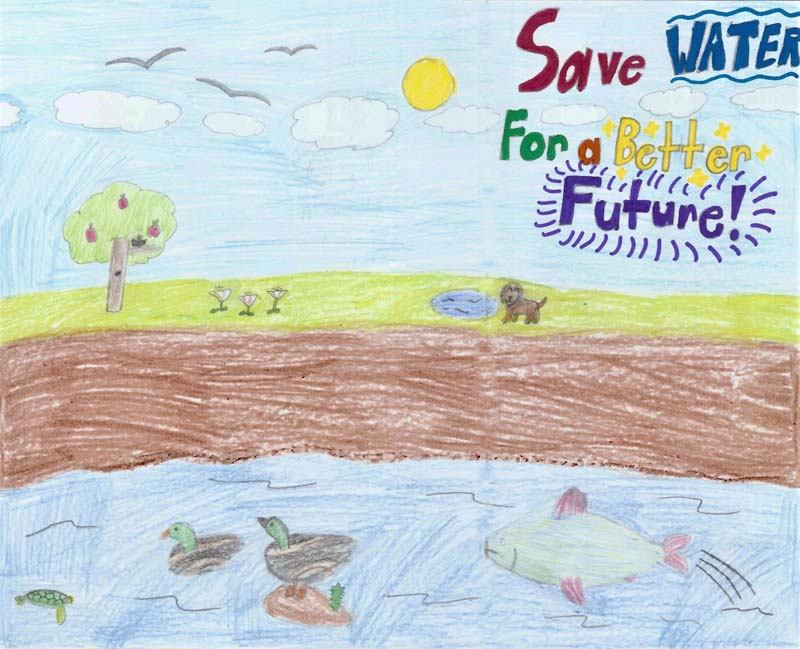
Enzo Chung
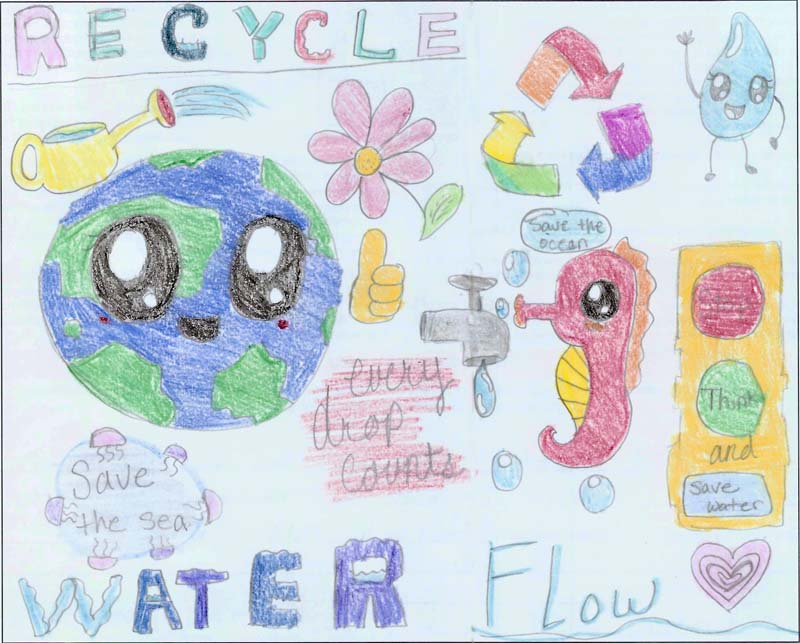
Brooke Gamble
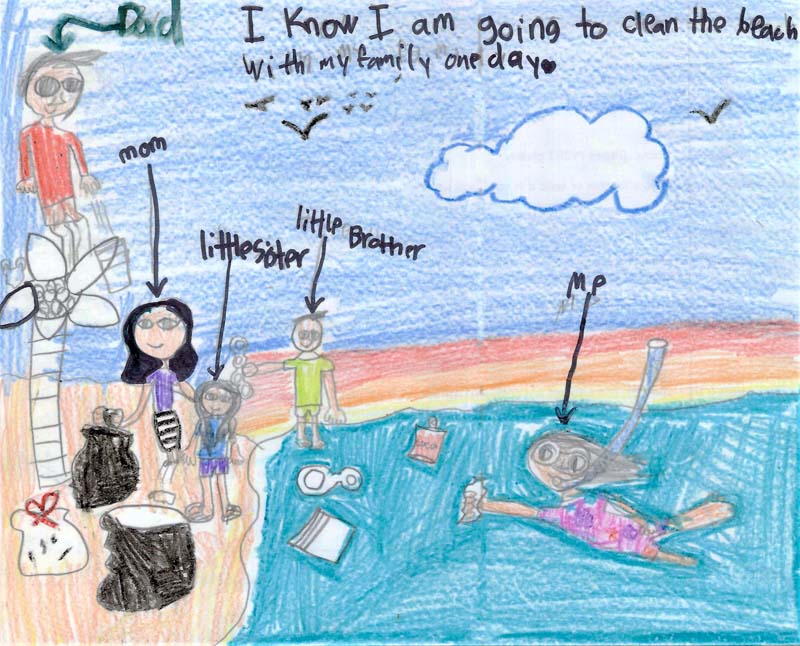
Candelaria Juarez
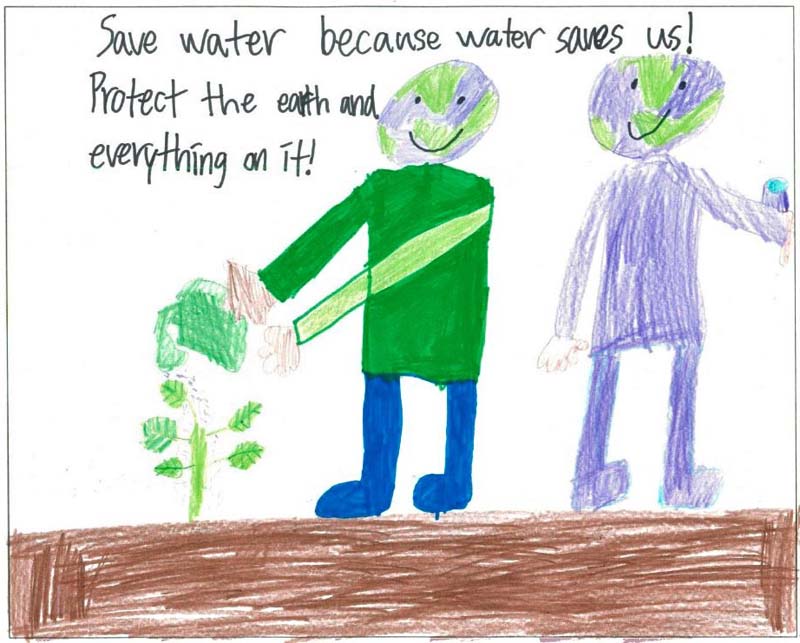
Brendan O’Donnell
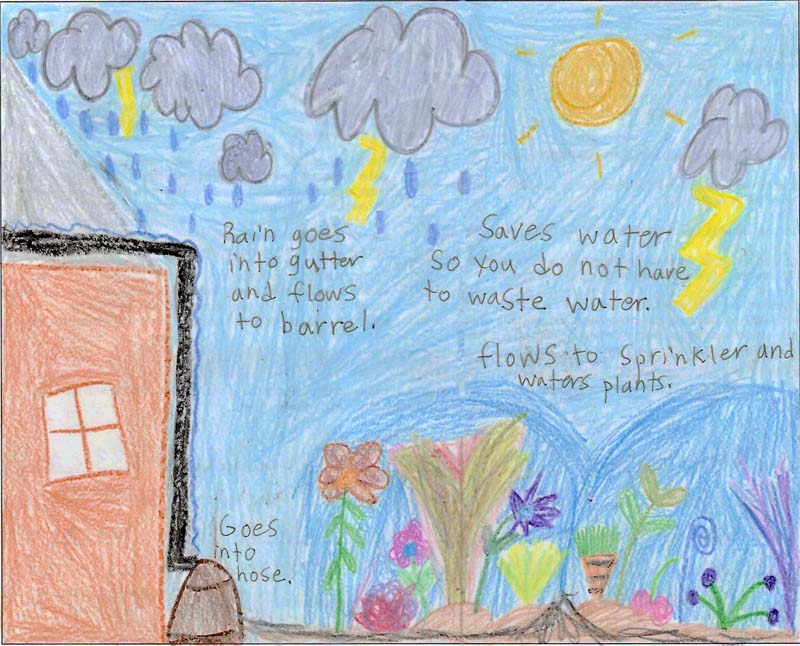
Kathleen O’Neal
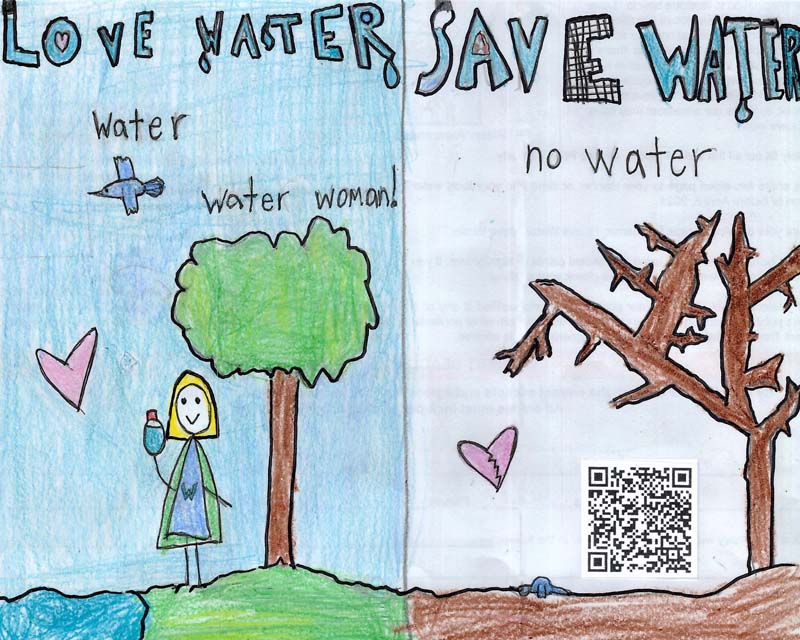
Emma Rhett
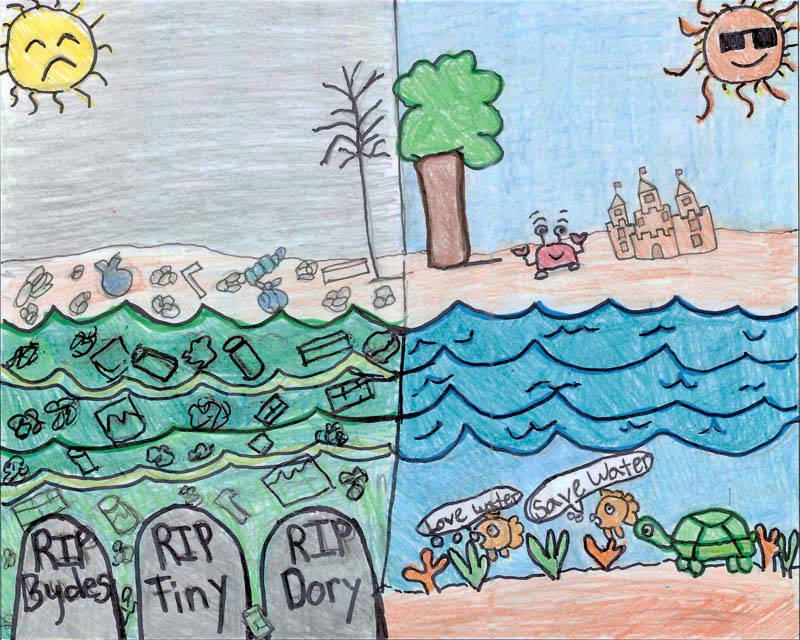
Geraldine Ricardo-Valdes
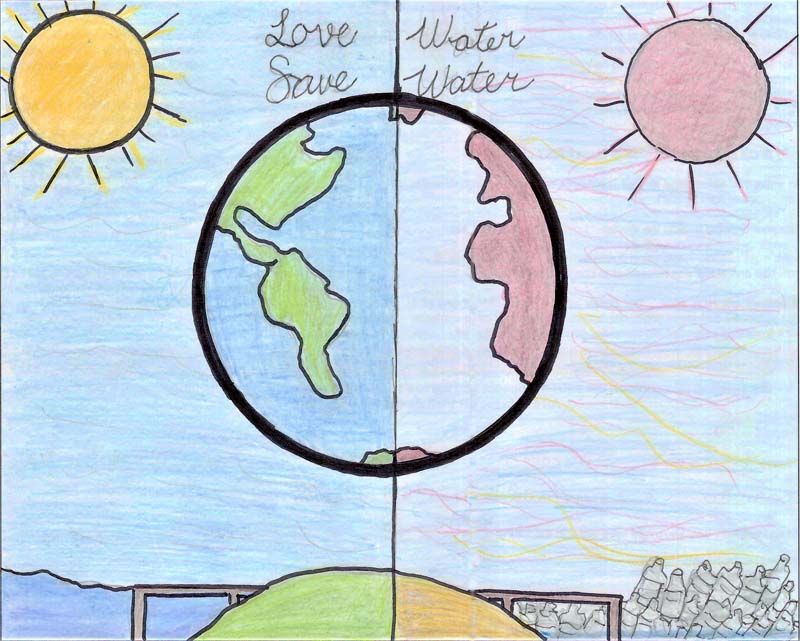
Damaris Saucedo
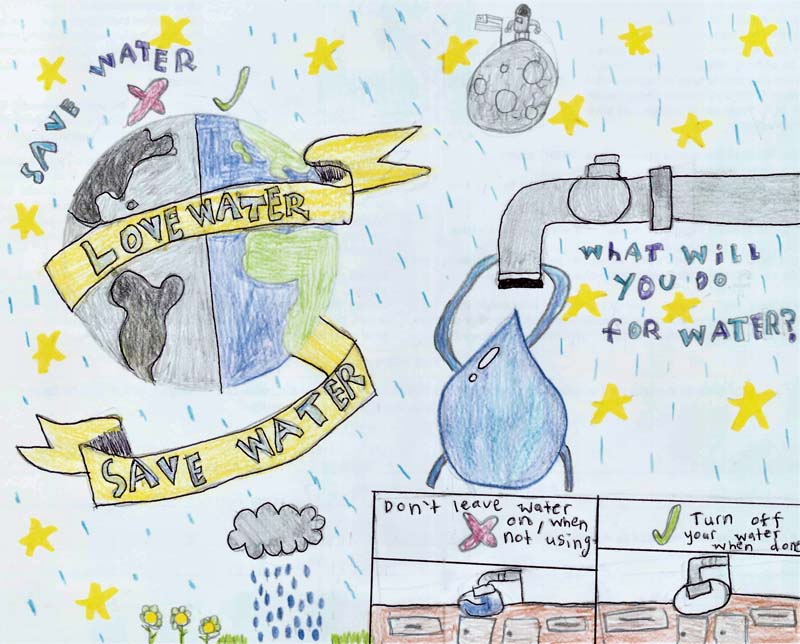
Delano Sutic
Contest part of comprehensive science education program
The poster contest is a fun activity with a serious goal: teaching children the value of water and the need for water conservation. The City of Escondido supports local public and private schools by providing the Water Science Education Program to elementary and afterschool programs.
The program teaches water science to raise awareness of Earth’s resources through interactive and collaborative activities supplementing each school’s science curriculum. The lessons help meet Next Generation Science Standards. The annual poster contest is part of this annual program.
(Editor’s note: The City of Escondido is one of the San Diego County Water Authority’s 24 member agencies that deliver water across the metropolitan San Diego region.)


